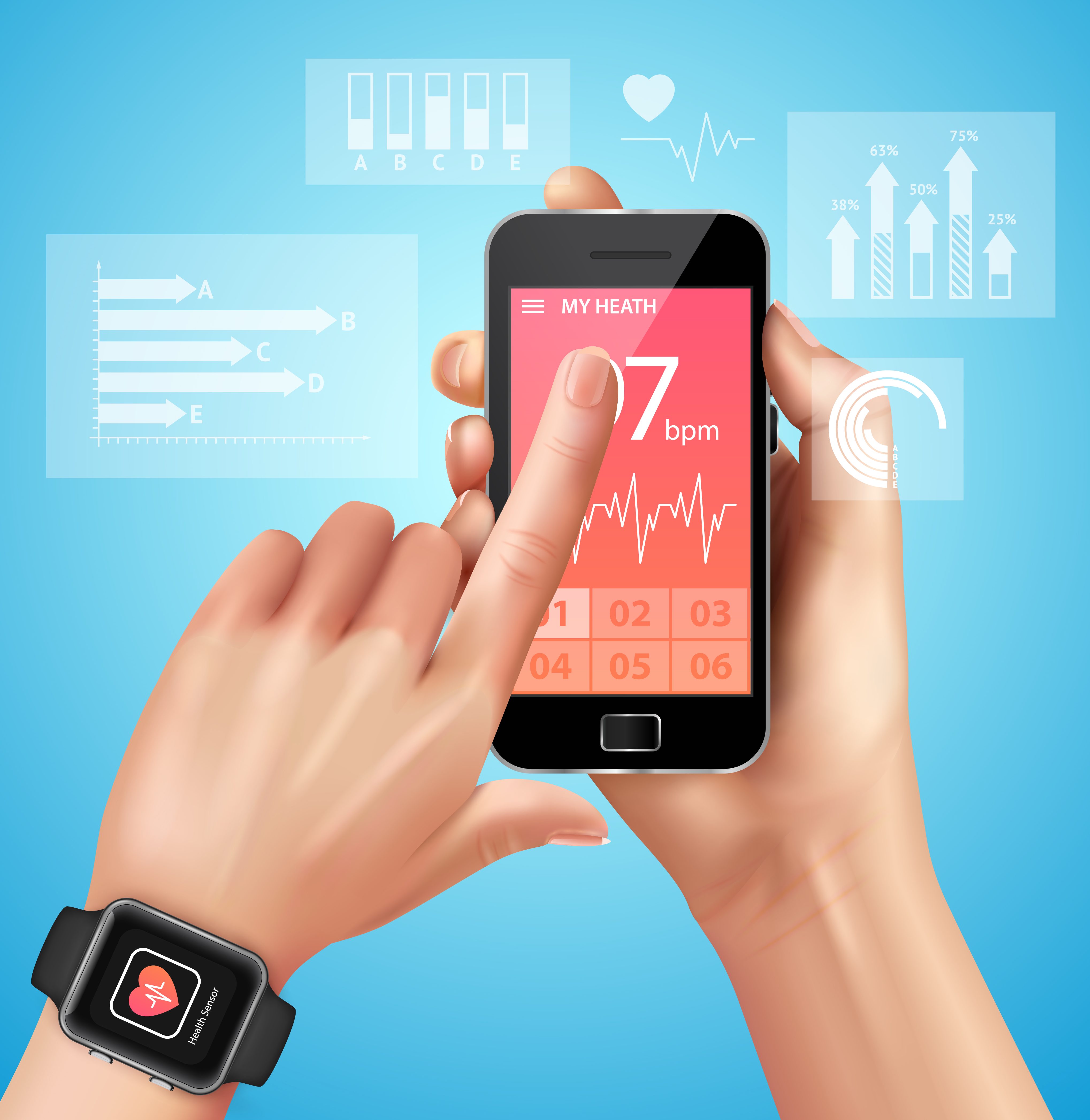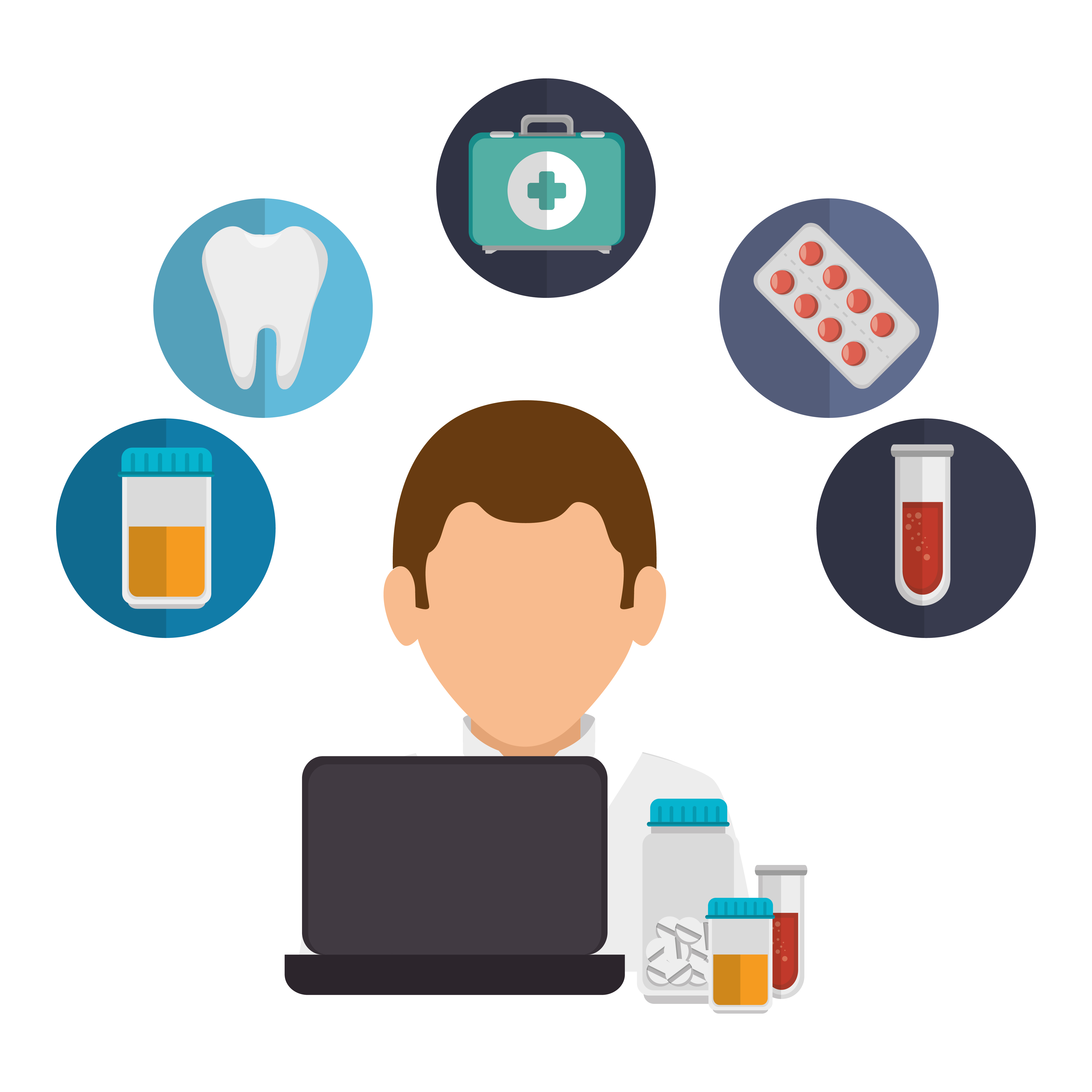Trends in Medical Electronics
As technology evolves, OEMs are widely exploring the scope of adopting the latest technology trends to Medical Electronics. Trends such as Artificial Intelligence, Augmented/Extended Reality, Internet of Things etc. are set to have an enormous impact on the health-care industry.
Here are some of the recent trends that are expected to have a huge impact on the Medical Electronics segment:
Wearable gadgets – The modern-day innovative, secure,  and highly efficient wearable devices are helping people to maintain their daily routines, keep track of their health and be more aware of their health.
and highly efficient wearable devices are helping people to maintain their daily routines, keep track of their health and be more aware of their health.
Wearable devices such as smartwatches, activity trackers, health monitors etc. come equipped with sensors to help users monitor heart rate, BP, Glucose, weight, SPO2, etc., while maintaining the log of such parameters. This data can optionally be shared with the physicians thereby contributing significantly to a person’s well-being.
Blockchain Systems – Blockchain systems work like Electronic Medical Records (EMR), where the patient’s health record information is digitally stored on the cloud with minimal space consumption. The Blockchain technology allows a patient, physicians or any trusted users to faithfully and securely access or share the information remotely. Using this, patients can easily connect to multiple hospitals and collect their medical reports automatically and a physician can have a look into the history of the patient’s medical reports and provide an accurate diagnosis, along with effective and cost-effective care.
Telemedicine – The modern medical applications  both wired and wireless are making the life of patients, especially the elderly and physically challenged, easier by allowing them to consult and get prescriptions from doctors on their smartphones. The doctors can also remotely monitor the patient’s health and make diagnosis and treatment decisions quickly.
both wired and wireless are making the life of patients, especially the elderly and physically challenged, easier by allowing them to consult and get prescriptions from doctors on their smartphones. The doctors can also remotely monitor the patient’s health and make diagnosis and treatment decisions quickly.
Artificial Intelligence (AI) – Artificial Intelligence is set to change the health-care industry in many ways. AI-based devices can process information with speed and accuracy and help doctors provide a diagnosis or create a treatment plan. Design of BOTs (using AI/ML/DL) are underway to assess and diagnose the medical situation/circumstance and prepare report/plan/suggestion to assist the medical/paramedic personnel.
AI along with Machine Learning(ML) can be used to explore chemical reactions in the drug industry, digitise medical records, schedule appointments online, help surgeons offer deep insights on the surgery, interpret multiple data sources at the same time from different variables, provide enhanced treatments in cases such as radiology and more. AI is helping the health-care industry to transform from traditional treatment into targeted treatments and personalised therapies.
Internet of Things
Internet of things is one of the rapidly growing technologies which has opened a world of possibilities in the healthcare industry. Internet of Medical Devices (IoMT) helps in real-time monitoring of the patient and notifying the physicians by means of smart medical devices connected to a smartphone with accurate data for early treatment. The IoT based medical devices such as glucose monitor, insulin pens, blood pressure monitors, etc are among the most used medical devices at homes and in hospitals to monitor and provide real-time information to doctors for quick and accurate diagnosis and treatment.
Extended Reality – The technology which is assumed to be purely for gaming and entertainment is now healthcare. According to Goldman-Sachs report, the AR/VR healthcare market would reach a total of $5.1 billion in 2025, with an estimated 3.4 million users throughout the world. Virtual reality is helping patients with memory, visual impairment, depression, etc., with vivid imagery provided via headsets that acts as a mode of distraction or a way to avoid or lessen the pain medication. Augmented Reality helps provide another layer of support for medical practitioners and aid physicians to visualize obstacles before complex surgeries. The Mixed Reality, a mixture of the virtual and real-world, is used to educate the healthcare practitioners, medical students and professionals to understand the condition of the illness and explain the treatment to the patient.
Conclusion
These are just a few of the technologies that are being adopted by the healthcare industry. As technologies evolve, the way healthcare providers interact with patients and deliver care is also changing and the healthcare and medical electronics industries are about to witness a lot more significant changes in the upcoming years.
Read our blog on “An Overview of Medical Electronics” to know about medical electronics and its types.




